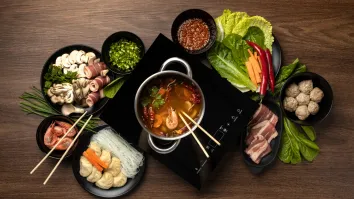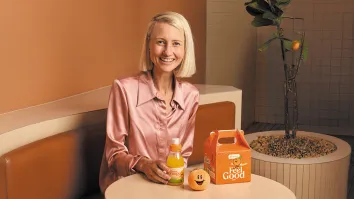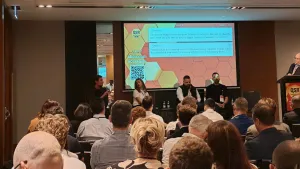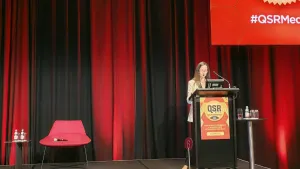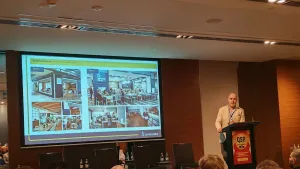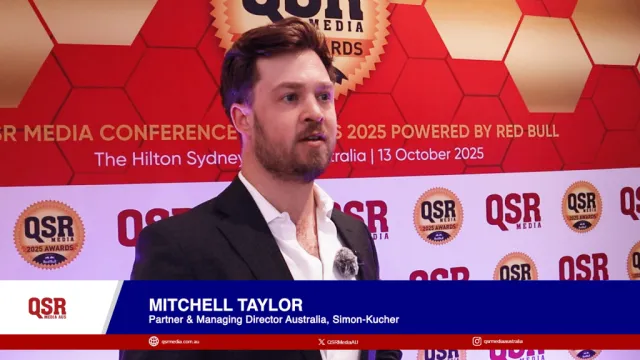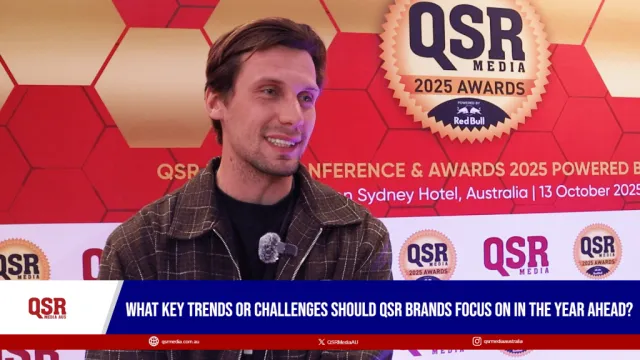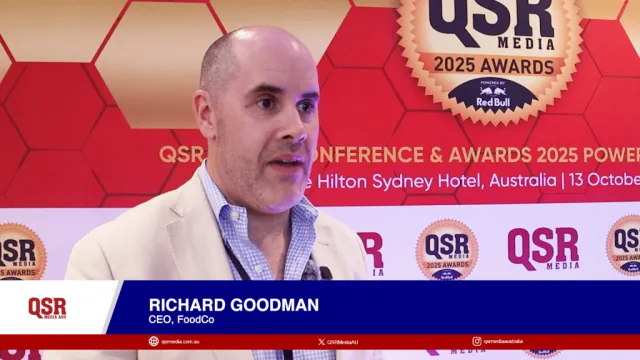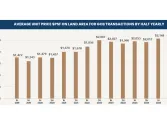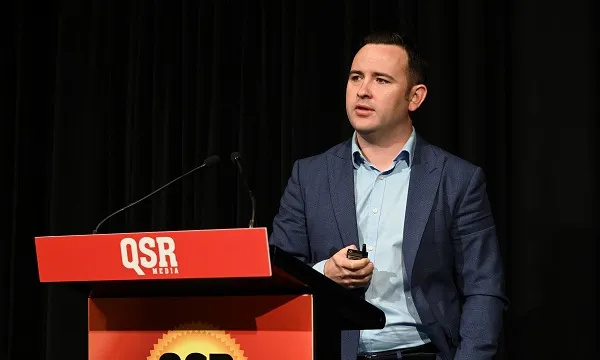
How QSRs can use its pricing strategies to influence consumer choices
Simon-Kucher explains how brands can show initiative in determining a competitive pricing strategy.
How you price your products could be the difference between getting customers through your door or your competitors’.
This is the core of what Jason Carley, senior director at the global strategy consulting firm Simon-Kucher & Partners, spoke on during his session at the QSR Media Sandhurst Fine Foods Conference & Awards 2019.
But rather than following traditional pricing conventions that revolve around reactive seller economic principles like supply, demand, projected sales, and competitor market prices, Carley suggested a more proactive approach: putting consumers and consumer psychology at the heart of pricing.
According to Carley, letting in the mindset of your customers means understanding them beyond the traditional norm of reacting to consumer trends and behaviour.
“What is often forgotten is in this conversation is that consumers are irrational,” he said. “A lot of the discussion so far has been about what things are happening, and we react to them. But maybe we can play a role in how we influence the behavior of our customers.”
Consumers, he noted, do not think rationally when deciding what to eat when dining out, but instead tend to rely on various psychological factors to make a choice.
Rather than listing down the pros and cons of each QSR brand on the market, they instead choose based on their emotions. A number of random factors like how they like a brand’s design, particular cravings, word of mouth recommendations from their friends, and perceived value for money all play a role in pushing a customer towards making a transaction. Pricing is but one part in that equation.
“The price, the quality of the food, or the quality difference that we're offering customers, or store design. What are the elements that are top of mind for [consumers]? What are the most important criteria for them?” Carley said.
Psychological cues, addressing different segments
Brands can make use of certain psychological approaches to pricing that can help make products more appealing to consumers. For instance, research done by Simon-Kucher & Partners found that in listing similar products of varying sizes, generally it is better to group items in sets of three rather than two.
When faced with a number of different appropriately-priced options, consumers will generally pick the choice that tends towards the middle because they believe it to be the choice that gives them the most value for money.
Carley noted however that too much choice on the part of consumers would paralyze them and make them unable to make a swift decision. Brands should then only include enough items on the menu to give consumers the best possible value they can offer. Giving meal sets or offering cheap beverages alongside popular menu choices are also good ways of influencing a purchase.
“We can use choice to address different customer segments. But we can also use choice to put people in different directions up and down,” Carley said. “We can consider products on our that we might not intend to sell, and we can use them to steer how customers navigate our menu and to steer what they purchase.”
Not only that, but consumers also pay close attention to the specific ordering of menu items and how they are presented and highlighted.
Given the many psychological cues that consumers use to make a decision, the question then arises: does pricing actually matter? According to Carley, the answer is a resounding yes.
“We shouldn't forget about it all together, because it's really important for how our customers see value,” he said. “We also need to recognize the power of price, and how it helps tell the story of our brands.”
Pricing, along with the many tools with which QSR can use to influence buyers, should be aimed at producing the best experience for consumers of the brand. Anything else would face scorn and backlash, leading consumers to mistrust a brand and tarnish its reputation.
“This isn't a game of trickery. This is a game of delivering the best solution that you can provide customers with great products, service, and experience from your restaurants and stores,” Carley said. “But also, it’s making sure that they choose the products and services that are best suited for them and give them a great experience.”




